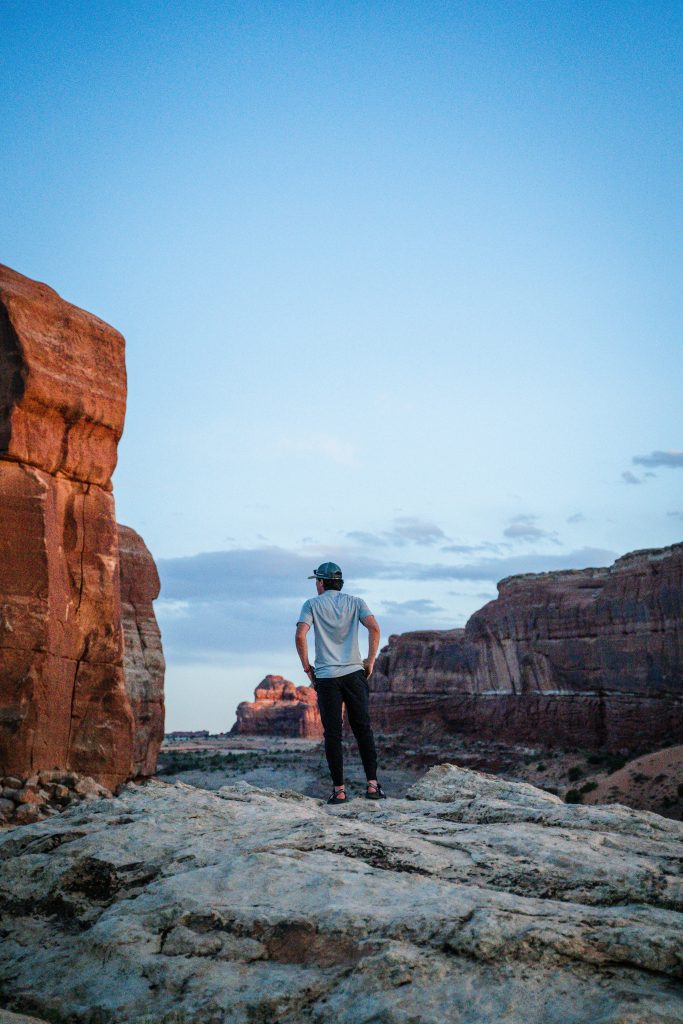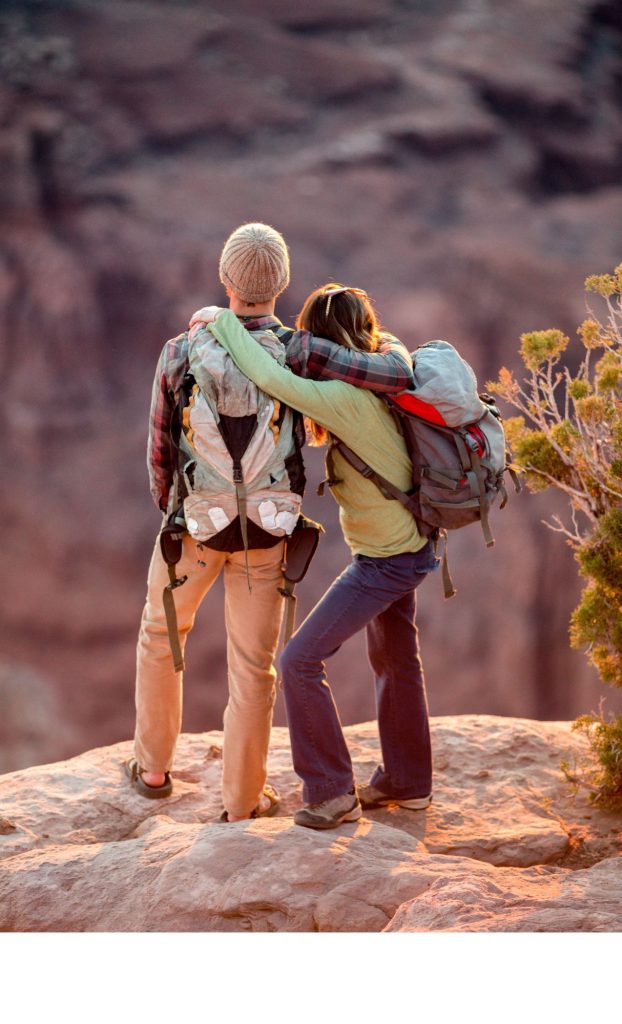Discover the Best Historical Sites Near Moab, Utah
Moab isn’t just a gateway to stunning natural landscapes—it’s also rich in history and culture. From ancient petroglyphs and pioneer sites to informative museums, Moab offers an array of attractions that showcase the area’s fascinating past. Here’s your guide to the best museums and historical sites around Moab, Utah.
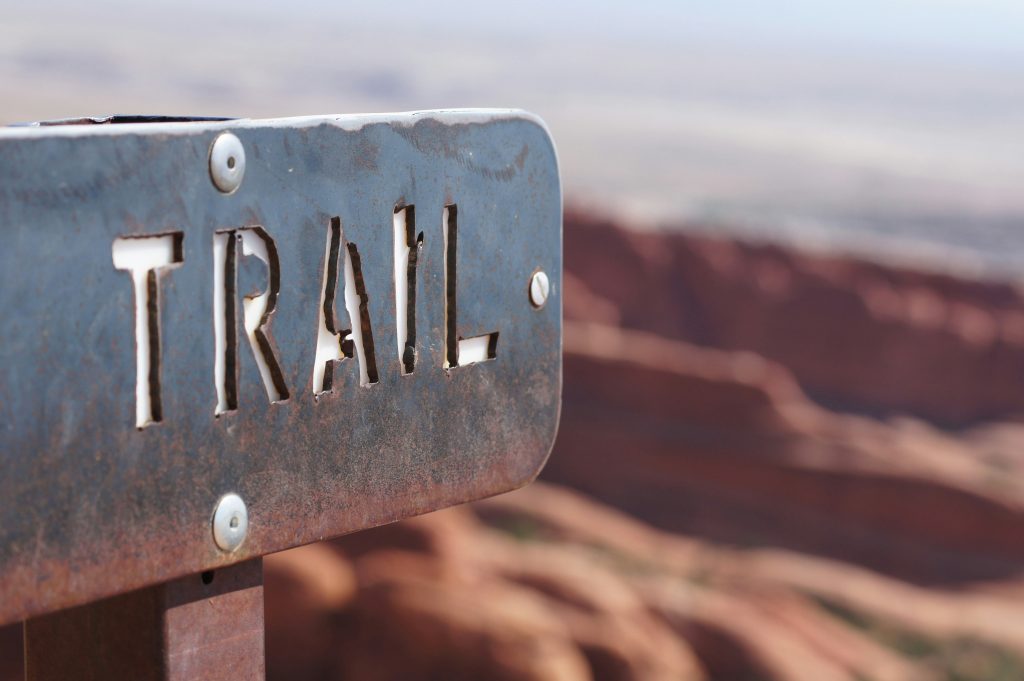
Historical Sites and Museums in Moab
Moab Museum
118 E Center St
The Moab Museum is the perfect place to start your journey into Moab’s history. This museum features exhibits on local geology, Native American artifacts, and the lives of early settlers. Highlights include displays on uranium mining, dinosaur discoveries, and the region’s rich Native American heritage. Interactive exhibits make it enjoyable for all ages, and guided tours are available for a deeper look.
Potash Road Petroglyphs
Potash-Lower Colorado Scenic Byway
Take a drive along Potash Road to discover a series of ancient petroglyphs etched into sandstone cliffs. These Native American rock carvings, created by the Fremont and Ancestral Puebloan peoples, provide insight into the lives and beliefs of the area’s earliest inhabitants. Look for images of animals, human figures, and abstract symbols that tell a story of a civilization long past.
Dead Horse Point State Park
UT-313, 9 Miles North of Moab
While best known for its stunning views over the Colorado River and Canyonlands National Park, Dead Horse Point State Park also has historical significance. The site was named after a legend about cowboys herding wild mustangs in the 1800s. At the visitor center, you can learn more about the area’s geological and cultural history, and the park’s trails offer interpretive signs with interesting facts along the way.
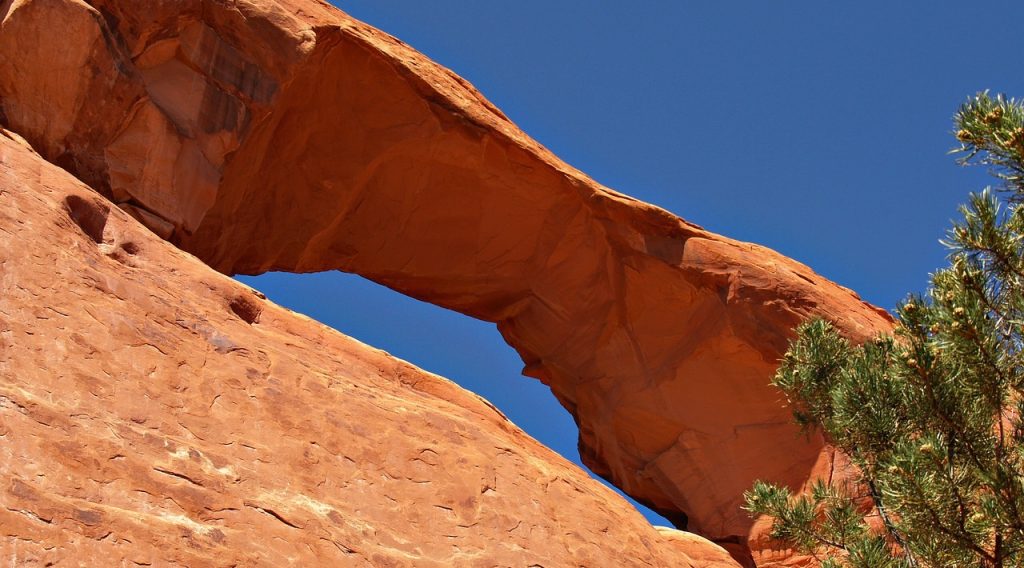
Wilson Arch
US-191, 24 Miles South of Moab
Wilson Arch, a naturally formed sandstone arch, is not only a breathtaking sight but also a piece of the area’s natural history. Named after a local pioneer, Joe Wilson, this arch provides a scenic stop along Highway 191. The surrounding area offers clues to Moab’s ancient geological past and makes for a great photo opportunity.
The Anasazi Ridge Petroglyphs (near Moab)
Between Moab and St. George, near Bluff, Utah
This petroglyph site offers some of the most impressive ancient rock art in the region, showcasing the lives of the Ancestral Puebloans. You’ll find images of animals, hunting scenes, and spiritual symbols carved into rock surfaces. Accessing this site requires a short hike, rewarding visitors with both incredible petroglyphs and beautiful views of the surrounding landscape.
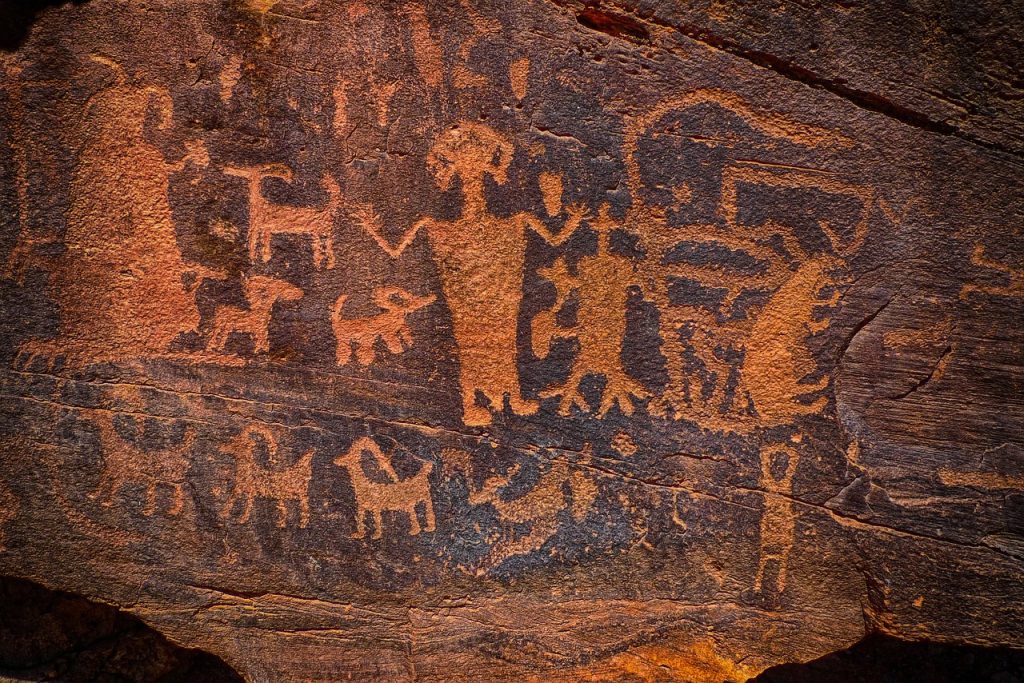
Old Spanish Trail
Moab Valley and Surrounding Areas
The Old Spanish Trail was a historic trade route stretching from Santa Fe to Los Angeles, and it passed directly through Moab. Today, parts of this trail are preserved and marked, allowing visitors to trace the steps of traders and settlers who traveled through this rugged land. Interpretive signs along the trail provide insight into the history of trade and migration in the American Southwest.
Hole N’ The Rock
11037 S Highway 191
This 5,000-square-foot home carved into sandstone was once the residence of Albert and Gladys Christensen. Now a quirky museum, it showcases the unique lives of the Christensen family and features artwork, curiosities, and even a petting zoo. Hole N’ The Rock is a must-see for visitors interested in roadside attractions and unusual history.
Sego Canyon Rock Art
Approximately 50 miles north of Moab, near Thompson Springs
The Sego Canyon Rock Art site contains petroglyphs and pictographs from three different cultures: the Fremont, Barrier Canyon, and Ute peoples. These rock art panels are rich in color and detail, featuring depictions of spiritual beings, animals, and abstract symbols. The site is well-preserved and offers a glimpse into the lives of Indigenous people spanning thousands of years.
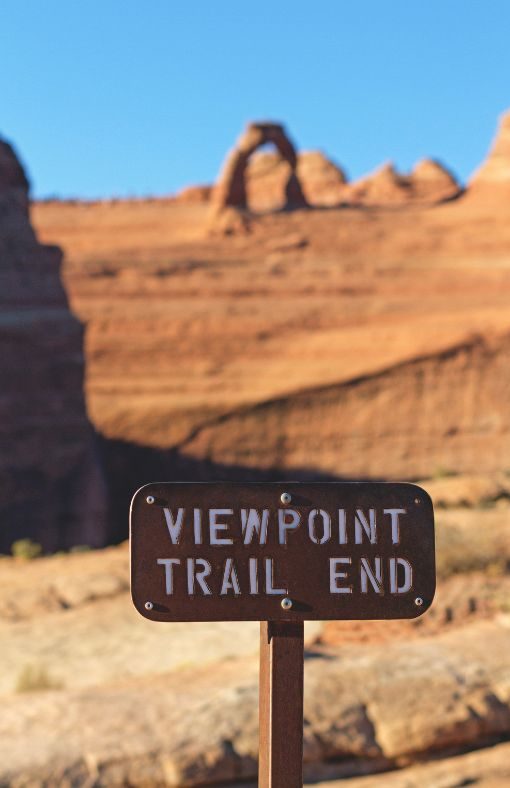
John Wesley Powell River History Museum
885 E Main St, Green River, UT
Located about 50 miles from Moab in Green River, Utah, this museum celebrates the legacy of John Wesley Powell, a pioneering explorer who mapped the Colorado River and its canyons. The museum houses artifacts from Powell’s expeditions, as well as exhibits on river ecology and history. It’s a must-visit for those interested in exploration and the natural history of the region.
Grand County Historical Preservation Commission Plaques
Various Locations Around Moab
Throughout Moab, you’ll find plaques installed by the Grand County Historical Preservation Commission, marking sites of historical significance. These markers tell stories of Moab’s pioneer history, notable buildings, and important local figures. Take a self-guided tour through town to discover Moab’s unique heritage.
Canyonlands National Park – Ancient Ruins and Artifacts
US-191, 32 Miles Southwest of Moab
Canyonlands National Park not only offers breathtaking scenery but is also home to ancient ruins and artifacts. Within the park, visitors can explore cliff dwellings, granaries, and rock art sites created by the Ancestral Puebloans. Island in the Sky and The Needles districts have the most accessible historical sites, with interpretive signs and trails leading you to these fascinating remnants of ancient cultures.
Dinosaur Tracks and Fossils at Mill Canyon
10 Miles Northwest of Moab
Mill Canyon features preserved dinosaur tracks embedded in sandstone, a testament to the region’s prehistoric past. An easy hiking trail leads to the site, where interpretive signs offer insights into the types of dinosaurs that once roamed the area. Nearby, the Dinosaur Trail also has fossilized remains and markers to guide you through a remarkable glimpse into Earth’s ancient history.
